Salt-Tolerant Plants: 10 options for gardens near the sea

This post is also available in:
This post is also available in:
![]() Ελληνικά (Greek)
Ελληνικά (Greek)
What is salt-stress and how does soil salinity affect our plants?
In many arid and semi-arid locations, soil salinity is a major barrier affecting plants’ physiology, growth, and performance. Plants face slat stress (abiotic stress) when there is an increased concentration of soluble salts in the soil (Na+, Cl-, etc.), making the water absorption from plant’s roots harder, creating a nutrient imbalance and causing problems due to toxicity ( harmful ion accumulation) (Tunçtürk et al., 2011). Salt stress is generally more common in sandy soils and loams than in clays (1), fields-soils under intense irrigation and fertilization, and coastal zones due to osmotic stress imbalance (Ben Asher et al., 2002). According to studies, salinization related to groundwater and irrigation affects about 16% of the world’s agricultural ecosystems. While this phenomenon-problem was known to growers (farmers, gardeners, etc.), nowadays, climate change has led to constantly increasing pressure on the plants, with the lack of water intensifying the salinity stress in many soils (especially in coastal regions). However, there are options if we want to grow plants in coastal areas or soils with high salinity. Below you will see ten plants that are ideal for coastal garden.
Bougainvillea (Bougainvillea spp.)
Bougainvillea, in tropical climates, is evergreen, but in regions like the Mediterranean, it sheds its leaves in most cases during winter. Bougainvillea is a resilient plant and can grow easily in every environment. Hot climates as well as coastal yards, are not obstacles for those who want to plant this colorful plant.
- Plant type: Vine (Nyctaginaceae)
- Color of the flowers: Off-white, yellow; bracts provide color
- Lighting: Full sun, at least six to eight hours of sunlight a day
- Soil requirements: prefers acidic soil (pH 5.5–6.0)
- Preferable way of growing Bougainvillea: cuttings
- Duration: Perennial

Rosemary (Rosmarinus officinalis)
Rosemary is a woody and aromatic herb that can live for 15-20 years. It is an evergreen shrub with an average height of 4 feet (1,2 m). Something that you should take into consideration is that if you place it near the sea you have to protect it from strong winds.
- Plant type: Herbaceous shrub (Lamiaceae)
- Color of the flowers: white, purple or blue
- Lighting: Full sun, approximately six to eight hours of direct sunlight
- Soil requirements: well drained and slightly alkaline soil (pH 6-7)
- Preferable way of growing Rosemary: seeds or cuttings
- Duration: Perennial
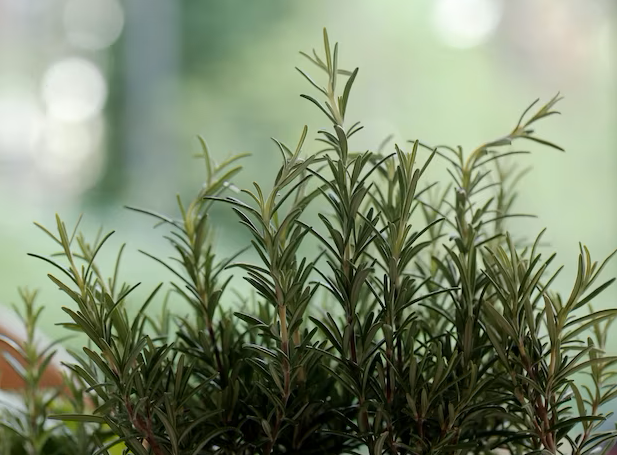
Oleander (Nerium oleander)
Nerium is a shrub or small tree that can be cultivated all over the world in temperate and subtropical areas. Several studies mention that it can grow even at pH slightly above 8, while its resistance to salinity makes it ideal for planting in coastal areas.
- Plant type: Ornamental shrubs (Apocynaceae)
- Color of the flowers: white, cream, red, pink, orange
- Lighting: Full sun, at least six hours of direct sunlight per day
- Soil requirements: barren soils, wide range of pH
- Preferable way of growing Oleander: stem cuttings
- Life cycle: Perrenial (in USDA hardiness zones 8-11)
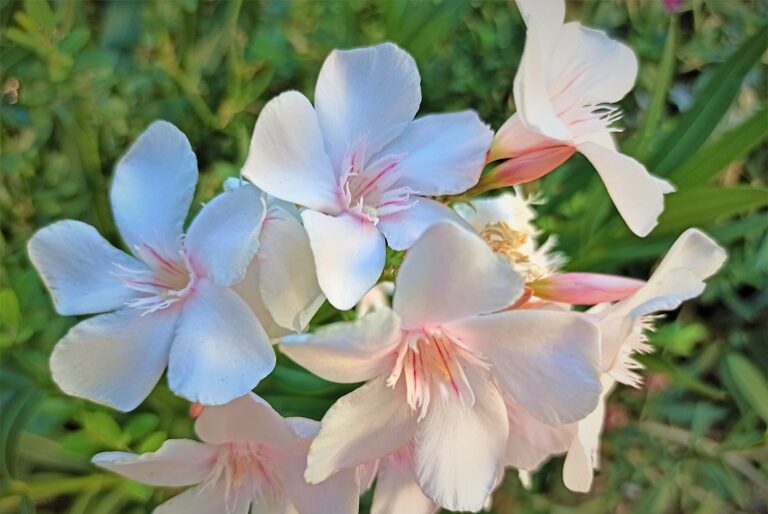
Santolina (Santolina chamaecyparissus)
Santolina (Santolina chamaecyparissus), is an evergreen shrub with a 0.3-meter height and 0.4-meter spread. It grows quickly, maturing between six months and a year after starting. The bloom season is during the summer, from May to June (for the North hemisphere). It is susceptible to areas of sandy, rocky, infertile soils but will also thrive in garden loam and even clay as long as it is carefully supplemented and well-drained.
- Plant type: Ornamental shrub (Asteraceae)
- Color of the flowers: light yellow
- Lighting: Full sun
- Soil requirements: well drained, adaptability to all the soils, wide range of pH
- Preferable way of growing Santolina: cuttings
- Life cycle: perennial
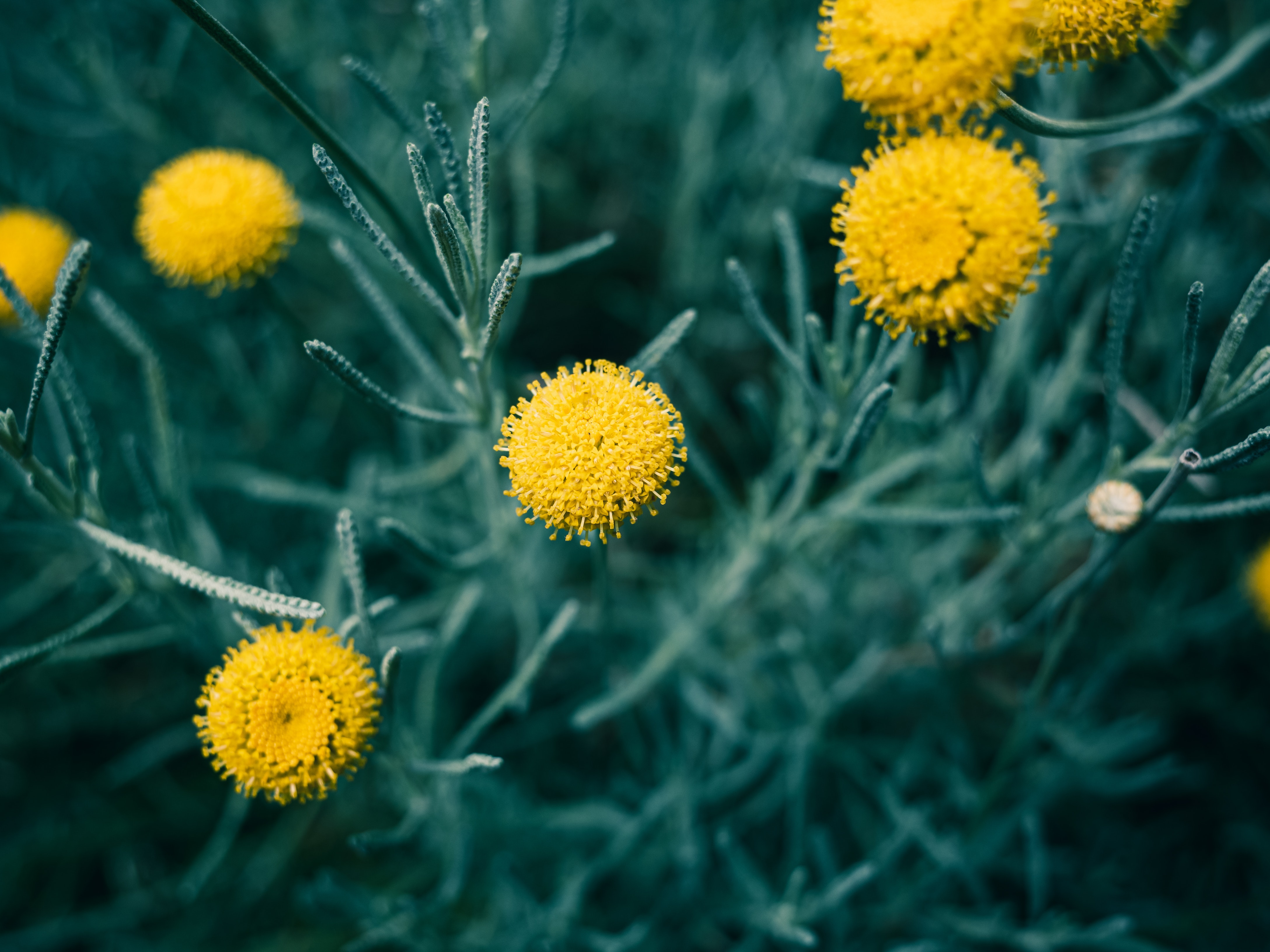
Goldenrods (Solidago)
Several regions of Europe are home to Solidago virgaurea, often known as European goldenrod or woundwort. Goldenrods may flourish in almost any landscape in which soil has a little drainage.Certain plants can also flourish in rocky, sandy, or clayey environments.
- Plant type: Herbaceous shrub (Asteraceae)
- Color of the flowers: yellow
- Lighting: Full sun for optimal flowering
- Soil requirements: well-drained, acid to neutral soil
- Preferable way of growing goldenrods: seeds
- Life cycle: perennial

Lantana (Lantana camara)
Lantana is a traditional flowering shrub that adds an aesthetic to any backyard. Big, feathery leaves give way to dense clusters of vibrant, multicolored blooms. Lantana prefers full light and is not drought resistant (which makes regular watering especially important). If the soil is full of sand, you might need to increase the watering. Lantanas can bloom year-round with adequate care.
- Plant type: Ornamental shrubs (Verbenaceae)
- Color of the flowers: yellow, pink, orange, purple, red.
- Lighting: Full sun, at least six hours (or more) of direct sunlight every day.
- Soil requirements: well-drained, 6-6.5 with a significant amount of organic matter
- Preferable way of growing lantana: seeds
- Life cycle: perennial
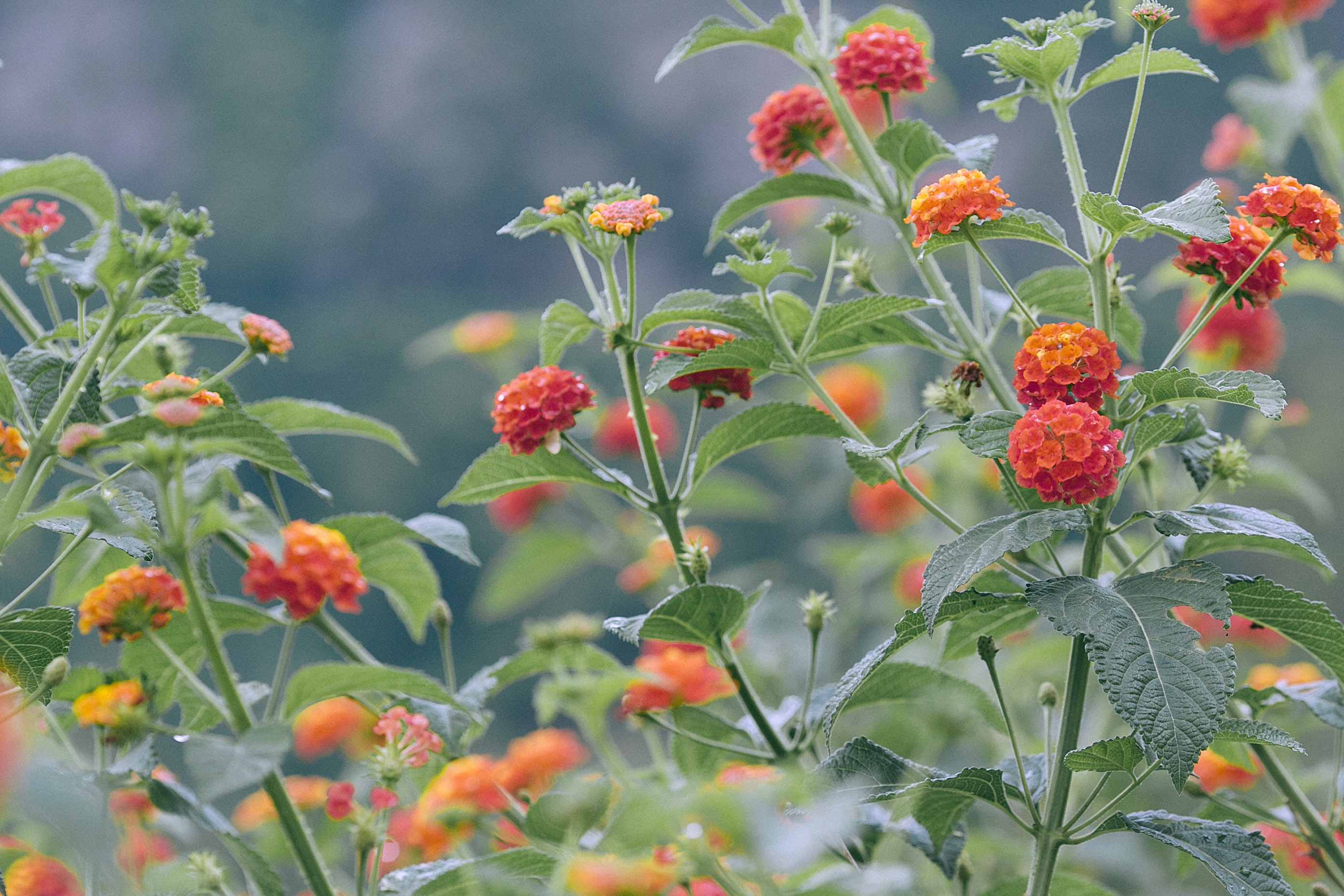
Gaillardia pulchella
Gaillardia pulchella is also referred to as blanket flower or Indian blanket. It is one of the most well-known plants for coastal planting. You can find it growing in intermediate swales from Australia to the United States of America. It reseeds itself for years and is particularly tolerant to salt and drought. This wildflower can be seen growing on the beach just a few feet away from the sand dunes.
- Plant type: Herbaceous (Asteraceae )
- Color of the flowers: red, yellow
- Lighting: Full sun, at least six hours of direct sunlight
- Soil requirements: sandy or calcareous soils that are well drained – well moisturized with pH 6.8-7.2
- Preferable way of growing blanket flower: cuttings and seed
- Life cycle: short-lived perennial in warm, coastal areas
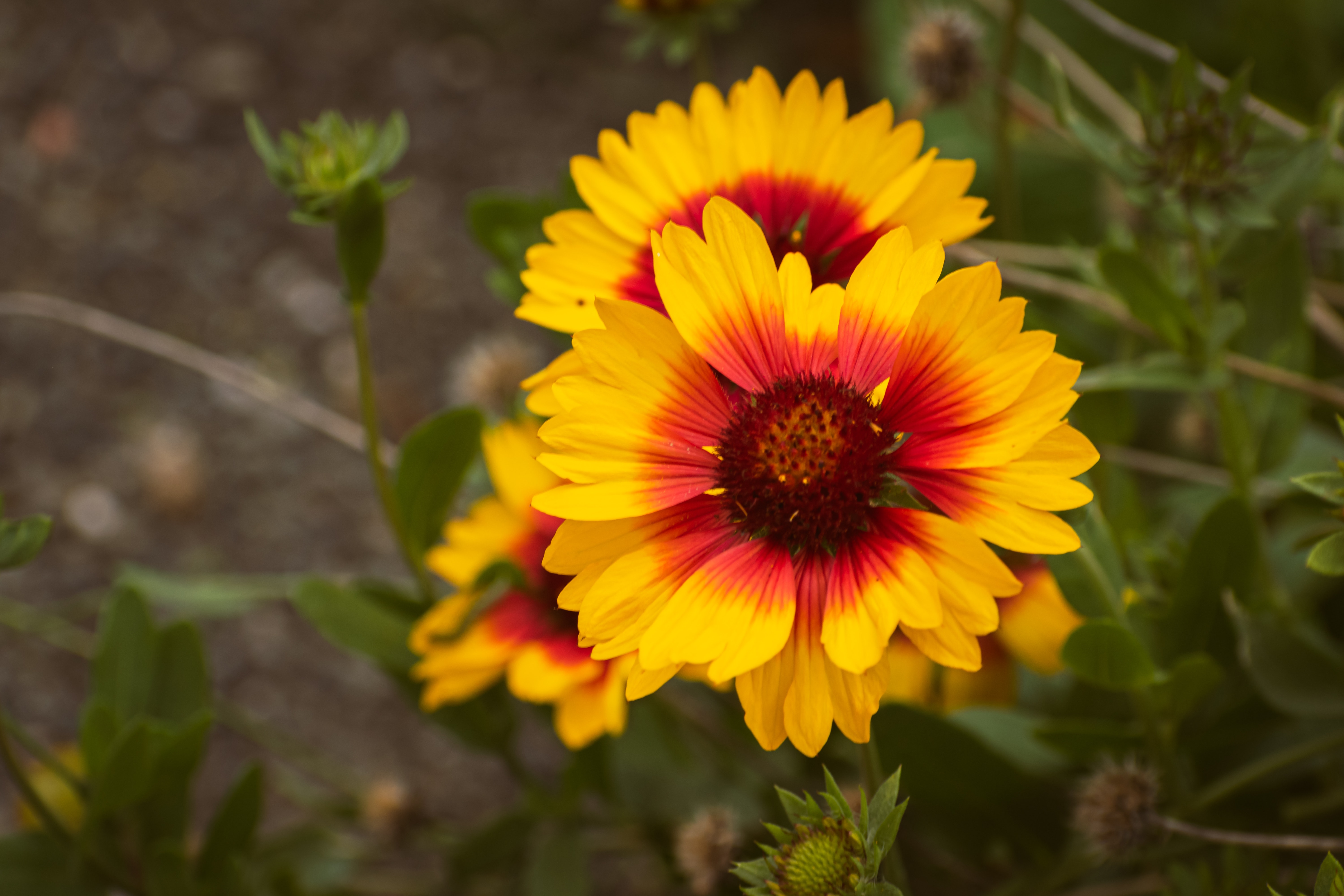
Rosa rugosa
Rosa rugosa is a salt-tolerant that is also called the “beach rose.”, indigenous to eastern Asia, growing on coastal shores, frequently on sand dunes, in northeastern China, Japan, Korea, and southeast Siberia.
- Plant type: Ornamental shrubs (Rosaceae)
- Color of the flowers: soft pink
- Lighting: Full sun, at least six hours of sunlight
- Soil requirements: loamy soil with slightly acidic soil pH
- Preferable way of growing rosa rugosa: stem cuttings, seeds
- Life cycle: perennial
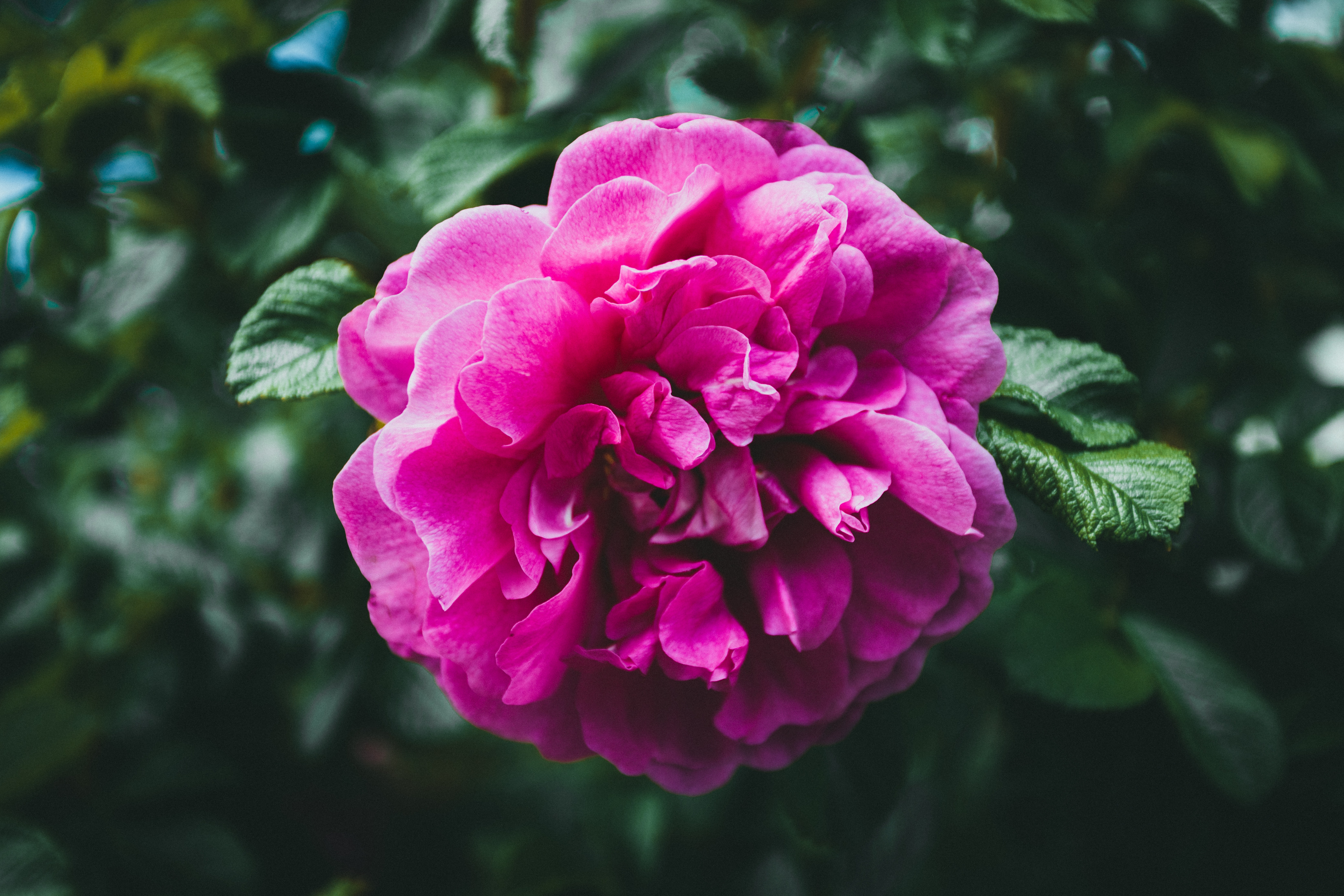
Agapanthus
The Agapanthus, often known as the Lily-of-the-Nile or the African lily plant, is a herbaceous perennial. When fully grown, agapanthus plants can grow to a height of 4 feet (1 m) and bloom from June to August (In the North hemisphere).
- Plant type: Ornamental shrubs (Rosaceae)
- Color of the flowers: blue and rarely white
- Lighting: Full sun or partial shade (in case of warm inland areas)
- Soil requirements: moist but well-drained soil of sand, clay, chalk, or loam, a wide range of pH
- Preferable way of growing agapanthus: seeds
- Life cycle: perennial

Honeysuckle (Lonicera)
Over 180 species of ornamental shrubs and climbers belong to the genus Lonicera, commonly referred to as honeysuckle, which belongs to the Caprifoliaceae family. Although the majority of species are located in China, honeysuckles are endemic to temperate regions in both hemispheres and can also be grown successfully in the Himalayas, southern Asia, and North Africa. A multitude of honeysuckles are cultivated for their lovely blossoms, and they grow well in any typical garden soil.
- Plant type: Ornamental shrubs (Caprifoliaceae)
- Color of the flowers: yellow, pink, peach, red, white
- Lighting: Full sun, six or more hours of sunlight every day
- Soil requirements: moist, well-drained soil, pH 5.5 – 8.0
- Preferable way of growing honeysuckle: leaf bud cuttings
- Life cycle: perennial
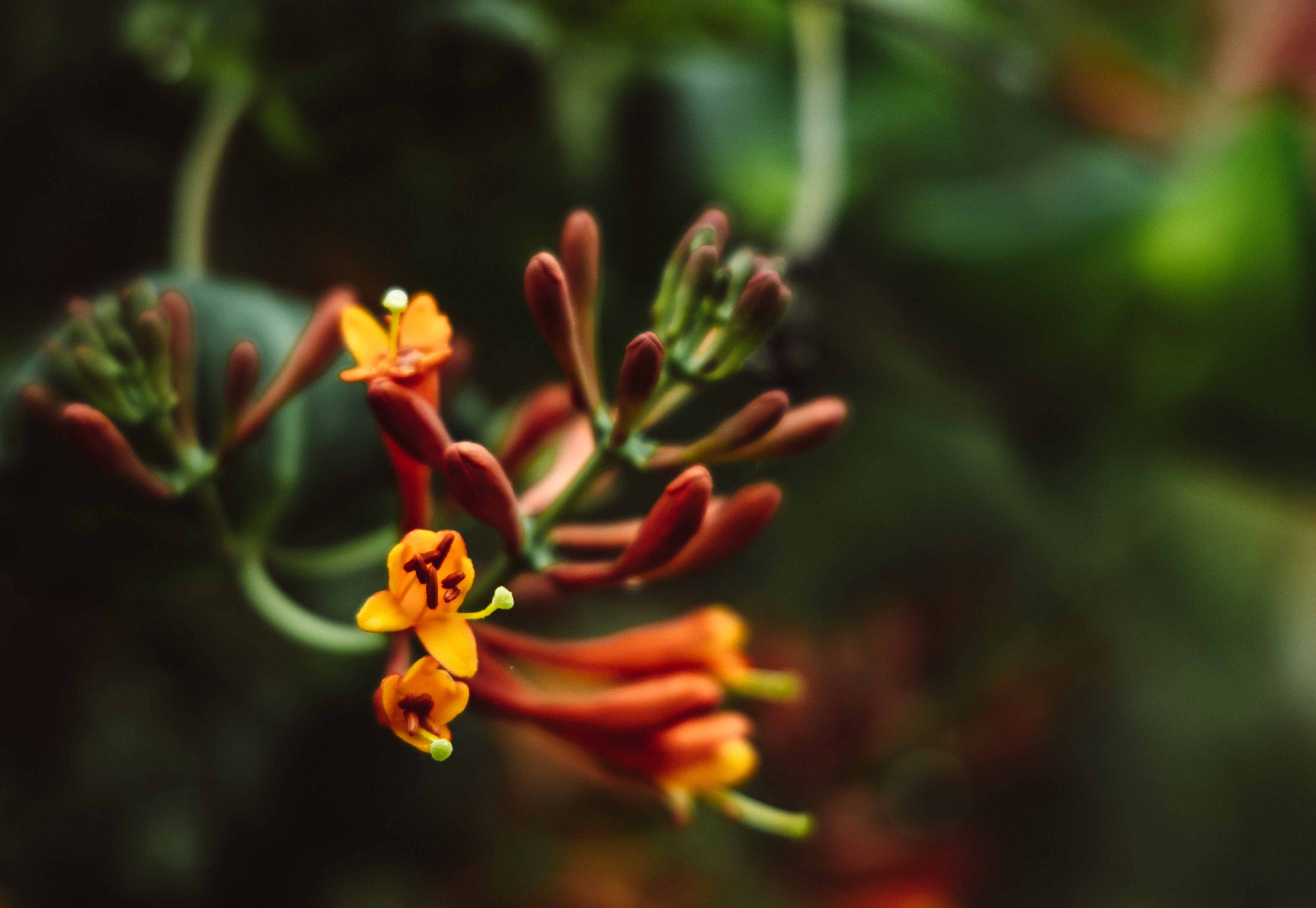
How to take care of your salt-tolerant plants?
Salt-Tolerant plants can be employed in exposed settings since they are very resistant to salt drift. But you also have to take into consideration that temperatures might be affected when choosing plants for your coastal site. Also, it’s crucial to take soil and light into account.
Moderately salt-tolerant plants should be positioned within an eighth of a mile of saltwater shores. In addition, numerous native plants that are currently found growing on coastal lands, already have a strong tolerance to salt, and it will be easier if you keep them in your landscape.
If you are not near a coast or you do not live on an island, you can definitely include salt-tolerant plants in your yard. These plants are a wise choice for coastal or urban gardens since they may thrive in saline soil conditions that may be hostile to other plant species.
References:
- Galvani, A. (2007). The challenge of food sufficiency through salt tolerant crops. Life in Extreme Environments, 437-450.
- Ievinsh G, Andersone-Ozola U, Jēkabsone A. Similar Responses of Relatively Salt-Tolerant Plants to Na and K during Chloride Salinity: Comparison of Growth, Water Content and Ion Accumulation. Life. 2022; 12(10):1577. https://doi.org/10.3390/life12101577
- Borsani, O., Valpuesta, V. & Botella, M. Developing salt tolerant plants in a new century: a molecular biology approach. Plant Cell, Tissue and Organ Culture 73, 101–115 (2003). https://doi.org/10.1023/A:1022849200433
- Epstein, E. (1985). Salt-tolerant crops: origins, development, and prospects of the concept. Plant and soil, 89, 187-198.
- He, Q., Silliman, B. R., & Cui, B. (2017). Incorporating thresholds into understanding salinity tolerance: A study using salt‐tolerant plants in salt marshes. Ecology and evolution, 7(16), 6326-6333.
- Christoforidi I, Kollaros D, Manios T, Daliakopoulos IN. Drought- and Salt-Tolerant Plants of the Mediterranean and Their Diverse Applications: The Case of Crete. Land. 2022; 11(11):2038. https://doi.org/10.3390/land11112038
Cover photo: Scottish coastal garden with expert planting | Gardens Illustrated – Creator: Claire Takacs – Copyright: Claire Takacs Photography








































































